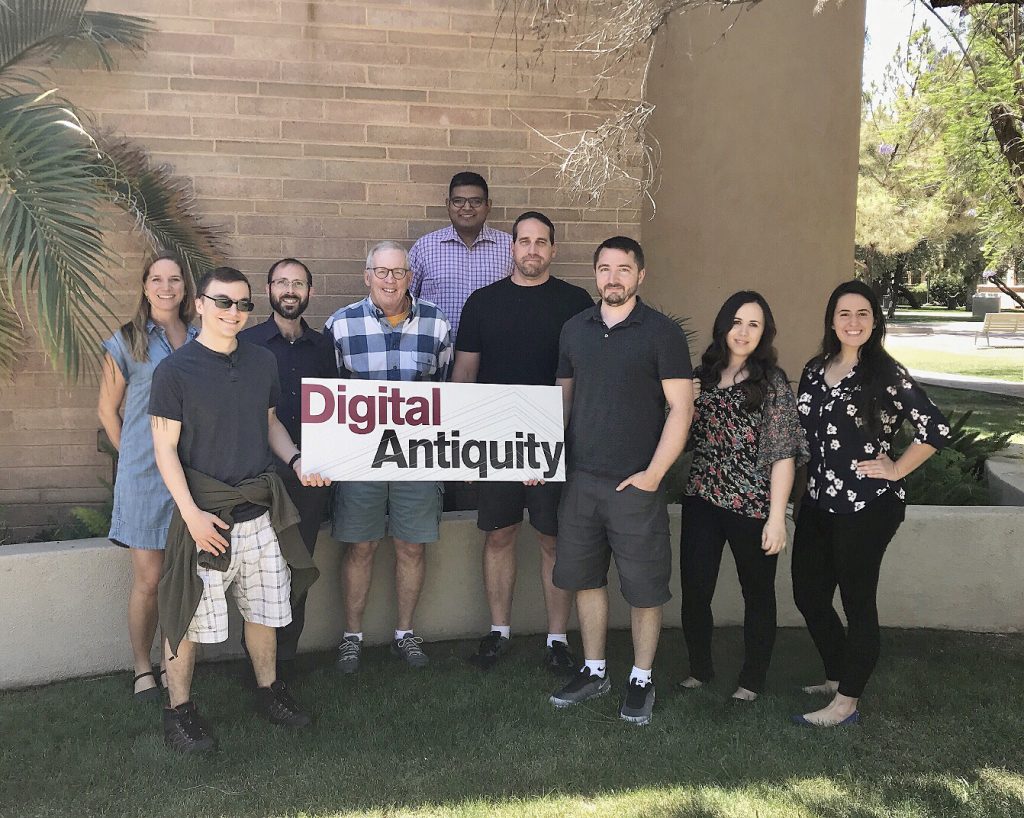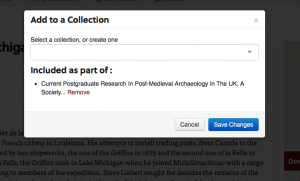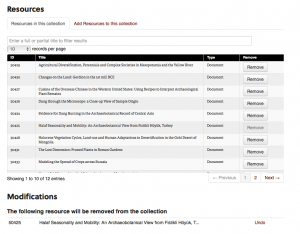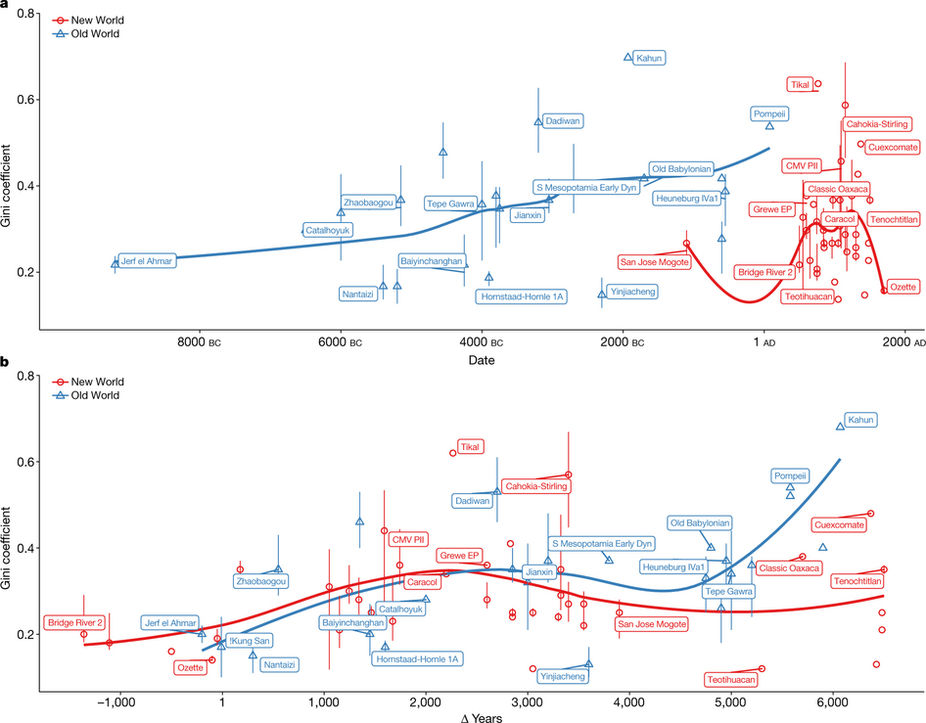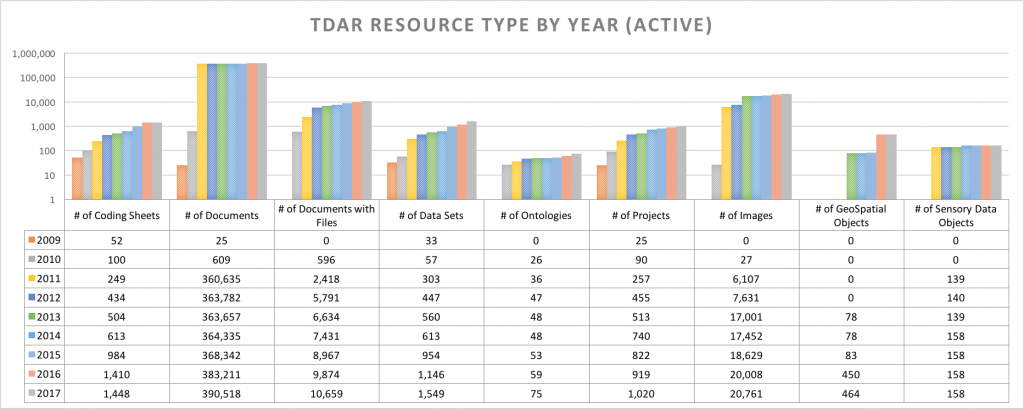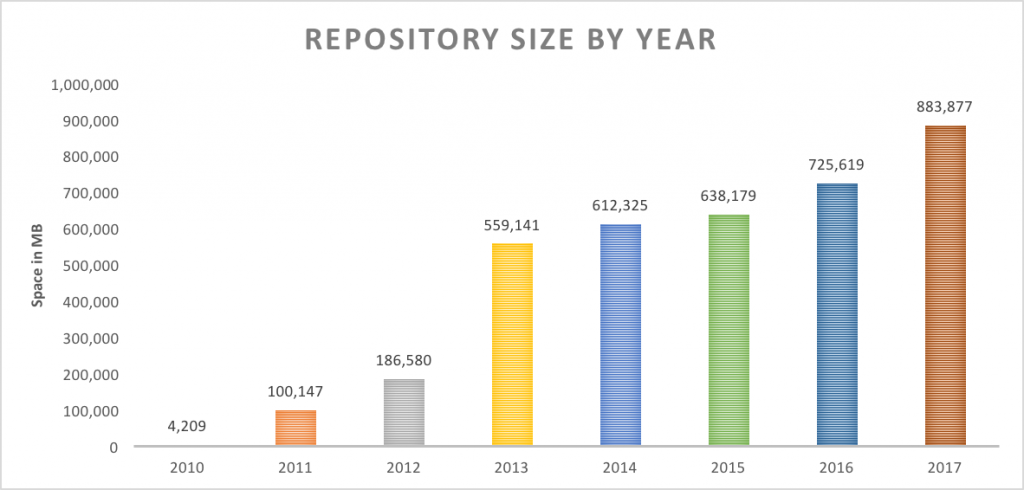For the fourth year in a row, Digital Antiquity has partnered with The Society for American Archaeology to preserve the meeting abstracts and make the presentations and data used to support them available in tDAR. As a presenter you can access your record in tDAR, edit the metadata, and upload a PDF copy of your paper, presentation, poster, or other supplementary data (up to 3 files/30MB). The project is now live in tDAR. Here’s how to get started:
- Search for your abstract.
- Request access (will require a free registration).
- Once completed, we will send you a message within one business day with a link to edit the abstract and upload the record.
- Scroll down and edit or enhance any of the metdata. Click on the green "add files" button under "Attach Document Files" and follow the prompt to upload a copy of your paper, poster, or associated data . If you are adding multiple files (e.g. your paper, a copy of your presentation, and a dataset) you will probably want to create a project.
- You may save your work at any point along the way, but when your edits are complete, make sure to change your resource's status from "draft" to "active".
- Click save and you are done!
- As always, please call or email Leigh Anne at (480) 965-1593 or laellison@digitalantiquity.org with any questions along the way!
Were you a presenter in 2017 (Vancouver), 2016 (Orlando), or 2015 (San Francisco) SAA Annual Meeting but haven’t uploaded your presentation yet? Not to worry–those abstracts are also in tDAR and can be found in the search bar at the top of this page too. Help other researchers find and cite your SAA presentations by making them available today!
Additionally, the tDAR SAA Member Benefit allows retired members, student members, members from countries with discounted rates, and members from Tribal Historic Preservation Offices to upload ten files (up to 100MB) annually to tDAR. Contact membership@saa.org to request your voucher.
